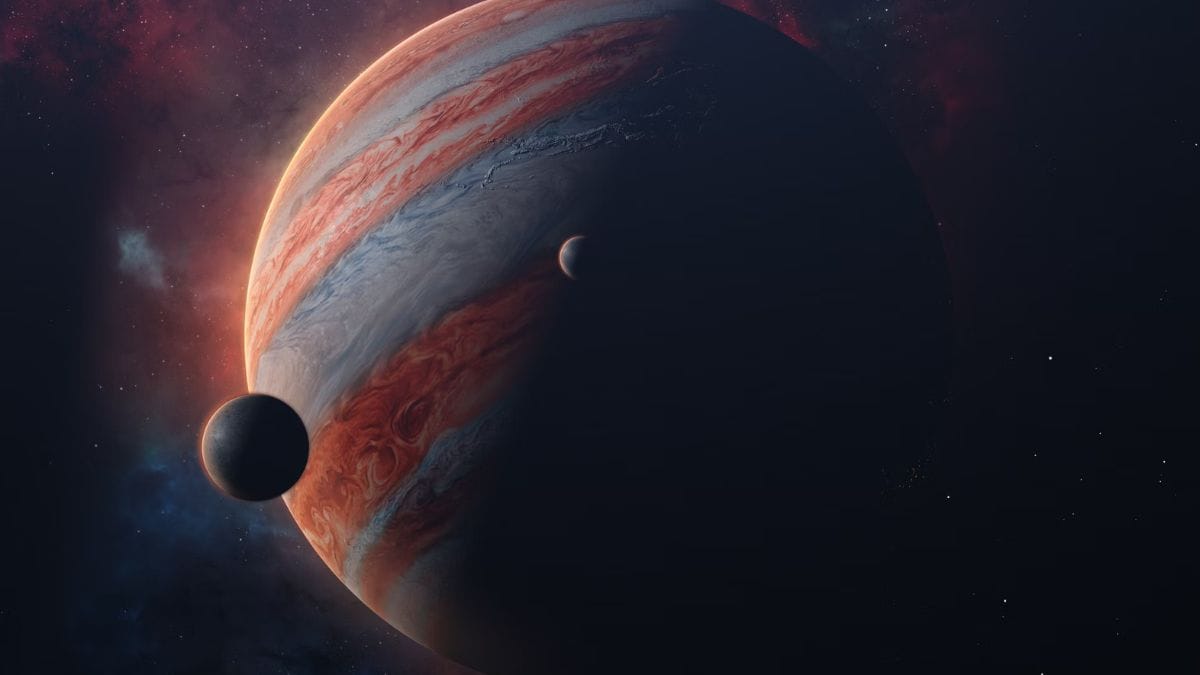
Astronomers have discovered that the exoplanet WASP-76b, located about 634 light-years away in the Pisces constellation, experiences extreme weather conditions unlike anything on Earth. With temperatures soaring to around 4,350 degrees Fahrenheit (2,400 degrees Celsius), the planet’s atmosphere is ravaged by high-speed iron winds and molten metal rain. These findings highlight how truly alien the atmospheres of exoplanets can be, especially on “hot Jupiters” like WASP-76b.
Unique Atmospheric Phenomena
The exoplanet’s close proximity to its star makes it tidally locked, meaning one side of WASP-76b is permanently facing the star. This dayside reaches extreme temperatures that vaporize iron, which is then carried to the planet’s cooler nightside by powerful winds. Once there, the iron condenses and falls as molten metal droplets, creating an intense and hostile environment.
The discovery was made by a team of scientists from the University of Geneva (UNIGE) and the PlanetS National Centre of Competence in Research (NCCR PlanetS), led by Ana Rita Costa Silva, a doctoral student at the Instituto de Astrofísica e Ciências do Espaço.
New Insights into Exoplanetary Climates
Using the ESPRESSO instrument on the Very Large Telescope (VLT), the team was able to observe and measure the iron winds in the planet’s atmosphere. Christophe Lovis, an astronomer with UNIGE, noted that ESPRESSO’s precision allowed the team to gather detailed information on WASP-76b’s dynamic processes. The new findings will help scientists create 3D climate models, offering a better understanding of planetary climates beyond our solar system.
In conclusion, WASP-76b continues to reveal extraordinary details about exoplanet atmospheres, providing valuable insights into the weather patterns on planets outside our solar system. The discovery of iron winds and molten metal rain deepens our understanding of “hot Jupiter” planets, offering new perspectives on how extreme planetary climates can be.


